Risk Management can be challenging at the best of times. So we thought you might appreciate some useful tips to help you ensure that the winter weather doesn’t leave your business out in the cold. We’ll help you navigate the common pitfalls and steer you clear of potential hazards.
Risk Assessment
The key areas to watch out for Snow and ice can be damaging Snow and ice can have a very detrimental effect on your company’s buildings. They are deceptively heavy when compressed as a compact mass. A one-inch layer of water or ice weighs approximately five pounds per square foot. So a roof designed for a 20-poundsper-square-foot snow load could theoretically support four inches of ice – for several days or a few weeks, but probably not more than 30 days in a row.
The potential harm to your buildings
- The pressure of snow and ice can cause roofs, walls and canopies to bend, buckle or even cave-in.
- Fluid-filled services exposed to the elements, and pipes for equipment and sprinklers, are susceptible to freezing and malfunction.
- Building air vents, and explosion relief vents, can become sealed shut and inoperable.
- Louvred ventilation systems and roof lights can become defective.
- Buildings that aren’t heated can freeze, causing business interruption.
- Localised flooding can result when building and surrounding drainage systems are unable to cope with the combination of rain and melting snow.
- Roof gutters can become blocked.
Take simple steps to avoid slips and trips
Keeping your employees, and members of the public, safe from slips and trips comes down to your ensuring the following:
- Improve lighting. With fewer daylight hours in winter it becomes more difficult to be able to see and avoid hazards that might be on the ground – both inside and outside of the workplace. Check all routes and pathways and install new lights, or change the type of bulb, wherever necessary.
- Remove wet and decaying leaves. These can hide hazards and are a slip risk as well. Have them cleared at regular intervals and perhaps even tackle the root of the problem by removing the offending trees or bushes.
- Deal with rain better. Use materials that are slip-resistant when wet for external paved areas. Discourage people from taking shortcuts over dirt or grass. Keep rain away from entrance areas by installing adequate canopies, or large absorbent mats where installing a canopy is not practical.
- Get to grips with grit. Reduce the risk of slips on ice, frost and snow. Rock salt is the most commonly used grit and is relatively cheap, quick to apply and easy to spread. Divert pedestrians to less slippery walkways. Use signs and warning cones, and remember to remove them once the danger has passed or they will lose their impact and eventually be ignored.
Stay ahead of the storm
The need to keep your property maintenance schedule up to date is never more pressing than in winter. There is the possible onslaught from high winds and rain that can leave properties worse for wear. Not to mention the threat of flying debris that can cause damage to properties and be a safety hazard for people. So prepare for the worst and you could save yourself a lot of trouble.
Be alert to flood risk
Time and tide wait for no one, so there’s no time like the present to be sure that you’ve taken the necessary precautions to protect your property against flooding. You should also have a damage prevention strategy in place just in case your property is flooded, despite your best efforts, so that you know your business would be able to recover.
Take positive precautions
- Elevate critical stock and equipment off the ground or relocate it to an upper floor.
- Ensure fuel storage tanks are securely fastened or anchored to reduce potential pollution or damage in case of flooding.
- Consider raising power sockets, phone connections, servers and cabinets to a higher point such as 1 metre or above expected water levels.
- Develop a Flood Emergency Response Plan (FERP) and subscribe to flood alert warnings such as the Environment Agency scheme.
- Inspect building drainage systems at least once a year and regularly check the building for structural defects through which water could enter, and seal them.
- Consider moving any stock kept in open yards to better shelter, and higher ground, wherever possible. Keep the risks of winter driving under control Road traffic incidents always rise alarmingly in winter. This isn’t good news for business as the risk of having one of your drivers involved in an accident increases, and then of course there’s the risk they might pose to third parties and pedestrians. Having the right checks and controls in place is vital.
Safety tips for drivers
- Ensure your vehicle is in good working order. Check all lights, top up screen wash and antifreeze, inspect tyre tread and windscreen wipers and test your brakes.
- To conserve your car battery turn down the heater fan and switch off the rear window heater once the window is clear.
- Leave wipers in the off position when leaving the car to prevent blades being frozen to the screen.
- Keep front and rear lights free of snow and use dipped headlights to increase visibility in bad weather.
- Consider having an emergency kit in your vehicle such as a torch, shovel, towrope, fully charged mobile phone, a car blanket or warm clothing, food, water, chocolate or biscuits. Pieces of old carpet are also handy for traction if your tyres get stuck.
For ‘More insurance expertise in more places’ talk to the team at Towergate
As one of the largest corporate and SME insurance brokers in the UK we understand the business you’re in. Through our trusted local teams and our network of experts we give you unparalleled access to an extensive range of tailor-made, trade specific insurance and risk management programmes.


